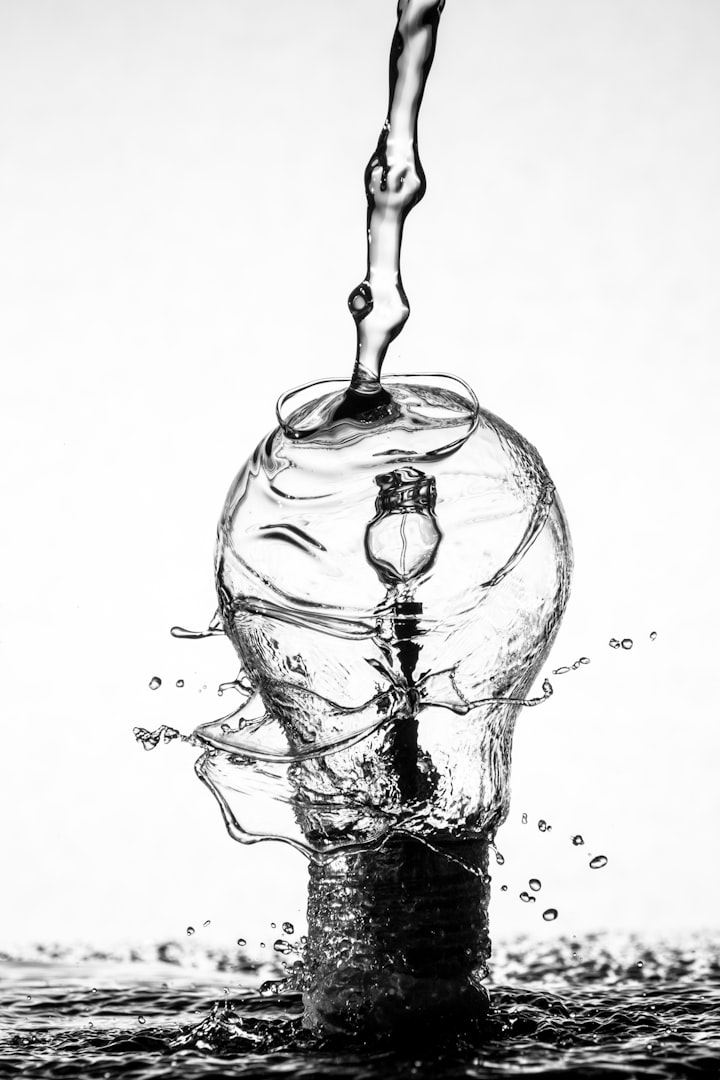
Creativity is the driving force behind human innovation, ingenuity, and progress. It enables us to solve problems, express ourselves, and envision new possibilities. But have you ever wondered why some people seem more creative than others? Or what makes some types of creativity more valued than others?
The truth is, creativity is a complex phenomenon that involves various psychological factors, including personality, intelligence, and motivation. In this blog post, we will delve into the psychology of creativity, exploring its different facets and providing practical tips to help you unlock your creative potential.
Personality and Creativity
One of the most well-established links in the psychology of creativity is the connection between certain personality traits and creative ability. For example, studies have consistently found that individuals who score high on openness to experience, divergent thinking, and risk-taking tend to be more creative than those who score lower.
Openness to experience refers to a broad-minded, imaginative, and curious attitude toward the world. People high in this trait tend to seek out new experiences, ideas, and perspectives. They are often comfortable with ambiguity and uncertainty.
On the other hand, divergent thinking is the ability to generate multiple solutions to a problem, often by breaking conventional rules and associations. Risk-taking, finally, involves a willingness to take chances and embrace uncertainty, even if it means facing failure or rejection.
Intelligence and Creativity
Another critical factor in the psychology of creativity is intelligence, specifically, the type of intelligence known as "fluid intelligence." Fluid intelligence is thinking abstractly, reasoning logically, and solving novel problems. It is distinct from "crystallized intelligence," which involves accumulating knowledge and skills over time.
Research has shown that individuals with higher levels of fluid intelligence tend to be more creative, particularly in fields that require complex problem-solving, such as science, technology, engineering, and mathematics (STEM). However, it is worth noting that intelligence alone is not sufficient for creativity, as many highly intelligent individuals may lack openness, risk-taking, and other personality traits that are also important.
Types of Creativity
While creativity is often associated with the arts, it is crucial to recognize that imagination can take many forms. In fact, psychologists have identified several distinct types of creativity, each with its own unique characteristics and applications.
Artistic creativity involves the creation of original works of art, such as paintings, sculptures, music, and literature. It often involves a high degree of self-expression and emotion. It may be driven by a desire to communicate ideas or feelings to others.
Meanwhile, scientific creativity involves developing new theories, hypotheses, and experimental designs in the sciences. It requires a deep understanding of scientific principles and methods and the ability to think creatively and innovatively about complex problems.
Everyday creativity refers to the ability to devise creative solutions to everyday problems, whether finding a new use for an old object, developing a more efficient way to do a task, or coming up with a novel recipe for dinner. While everyday creativity may seem less glamorous than artistic or scientific creativity, it is no less valuable, as it helps us navigate our daily lives and adapt to changing circumstances.
Enhancing Your Creativity
So how can you enhance your own creative potential? Here are a few tips based on the research:
- Cultivate openness: Seek out new experiences, challenge your assumptions, and be willing to explore unfamiliar territory.
- Exercise your divergent thinking: Practice brainstorming, creating multiple solutions to a problem, and breaking conventional rules and associations.
- Take risks: Embrace uncertainty, try new things, and don't be afraid to fail.
- Practice your skills: Whether drawing, writing, or coding, the more you practice, the better you'll get.
- Collaborate: Working with others can spark new ideas, provide feedback, and help you see things from different perspectives.
- Take breaks: Sometimes, stepping away from a problem or project can help you gain new insights and recharge your creativity.
The psychology of creativity is a fascinating area of study that offers insights into what drives human innovation and ingenuity. By understanding the various factors that contribute to creativity and adopting practical techniques to enhance your creative potential, you can unleash your imagination and bring new ideas and possibilities into the world.
Share your thoughts in the comments, and if you found this article worth reading, show some love and buy me a coffee. It will be greatly appreciated and might even prevent me from falling asleep on my keyboard.
About the Creator
Edy Zoo
Edy Zoo is an author who writes about social subjects. He contributes to the ever-growing library of social critics.






Comments
There are no comments for this story
Be the first to respond and start the conversation.